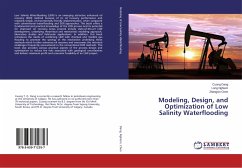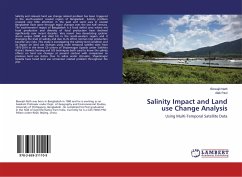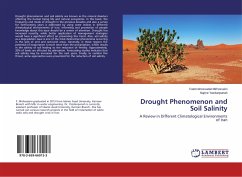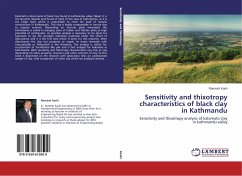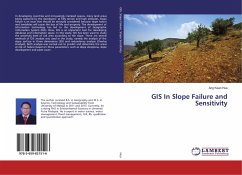Waterflood is one of the most widely used techniques in enhanced oil recovery. In 1990s researchers came to conclusion that the chemistry of the injected water can be important in improving oil recovery. The low salinity water injection (LoSal®1) has become one of the promising topics in the oil industry. It is believed that the main mechanism for incremental oil recovery in low salinity flooding is wettability alteration. Several papers discussed that the wettability alteration from oil-wet to mixed- or water-wet takes place due to clay swelling and expanding of double layer in sandstones and calcite dissolution along with rock surface reactions in carbonates. However, there is no consensus on a single main mechanism for the low salinity effect on oil recovery.
Bitte wählen Sie Ihr Anliegen aus.
Rechnungen
Retourenschein anfordern
Bestellstatus
Storno


